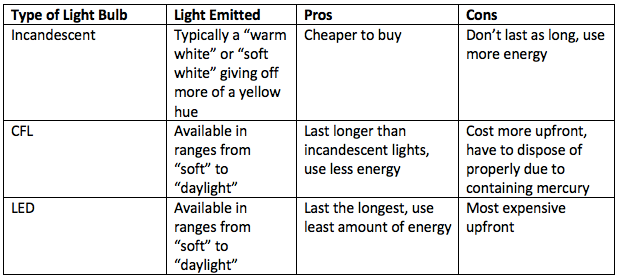The Differences Between a Village, Town and City
- Tim Kraemer
- Jul 6, 2020
- 2 min read
Have you ever wondered what the differences were between a village, town and a city? The differences between the three are somewhat confusing, especially in Wisconsin. So let’s try break it down.

A village is an incorporated area within a county or counties with generally at least 150 citizens in a rural area or 2,500 citizens in an urban area. (Though population is not a strict determinate.) A village provides various services to its residents and has taxing jurisdiction over them. A village is governed by a village board made up of trustees and a village president. Villages with a population of 5,000 or more must provide police protection by creating their own department and provide fire protection services.
A town is an unincorporated (not governed by a local municipal corporation) jurisdiction within a county. Towns provide a limited number of services to their residents. A town is governed by a Town Board with a board chairperson at its head. At a minimum towns maintain their roads and maintain volunteer or “municipal” fire departments. Towns provide limited services and thus the residents often pay lower taxes than cities or villages.
A city is an incorporated area within a county or counties. Cities are generally more urbanized than towns and villages. Cities provide almost all services to residents and have the highest degree of taxing jurisdiction of all municipalities. A city is governed by a mayor or city manager and a common council. Cities with a population of 4,000 or more must establish a police and fire commission. Though interestingly there are no state statutes requiring cities to provide police or fire protection services.
There are currently 407 villages, 1255 towns and 190 cities in Wisconsin.




Comments